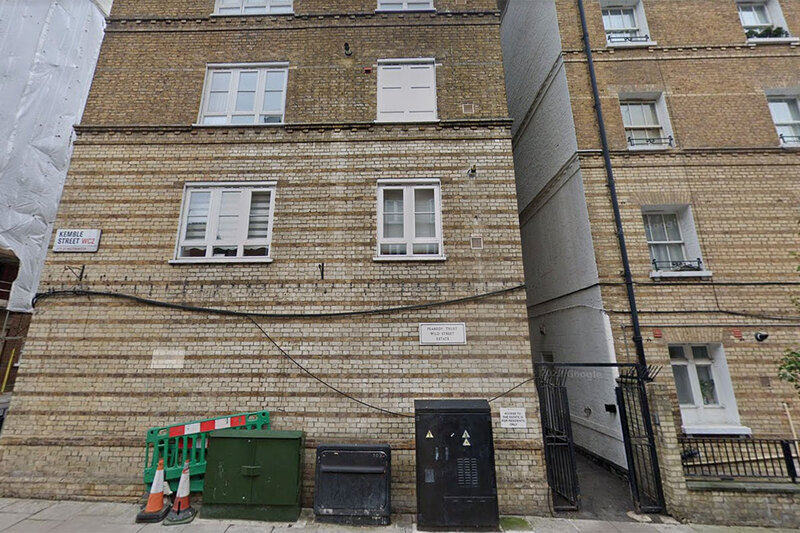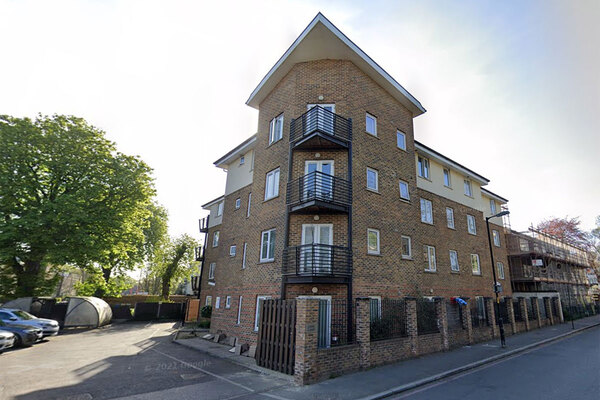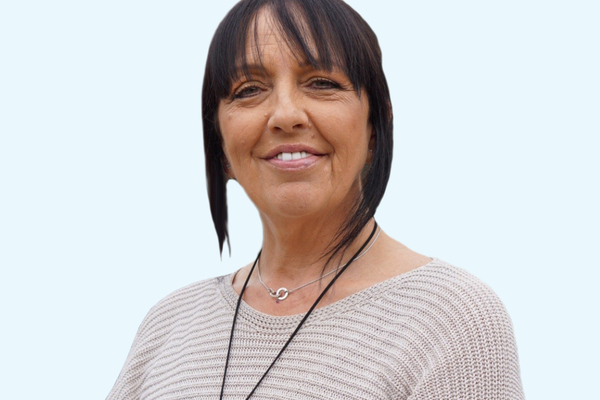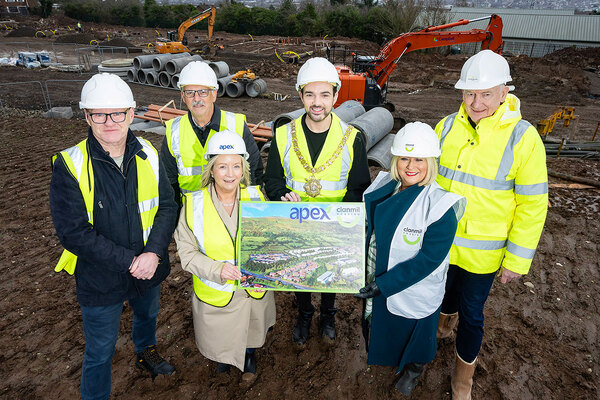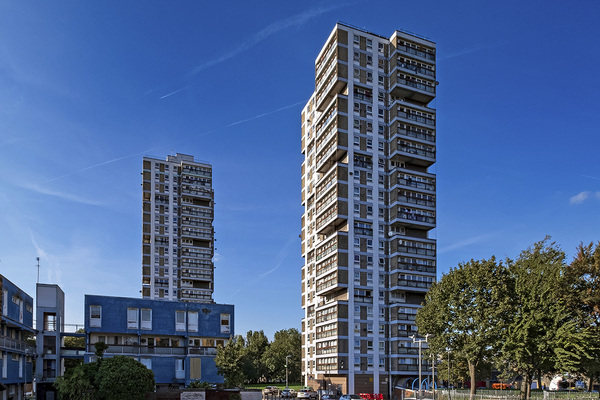You are viewing 1 of your 1 free articles
Dead for two years: how Peabody missed the death of a tenant
How did the death of Sheila Seleoane in her housing association property go undiscovered for such a long period of time, and what lessons can be learned from the tragedy? Stephen Delahunty reports
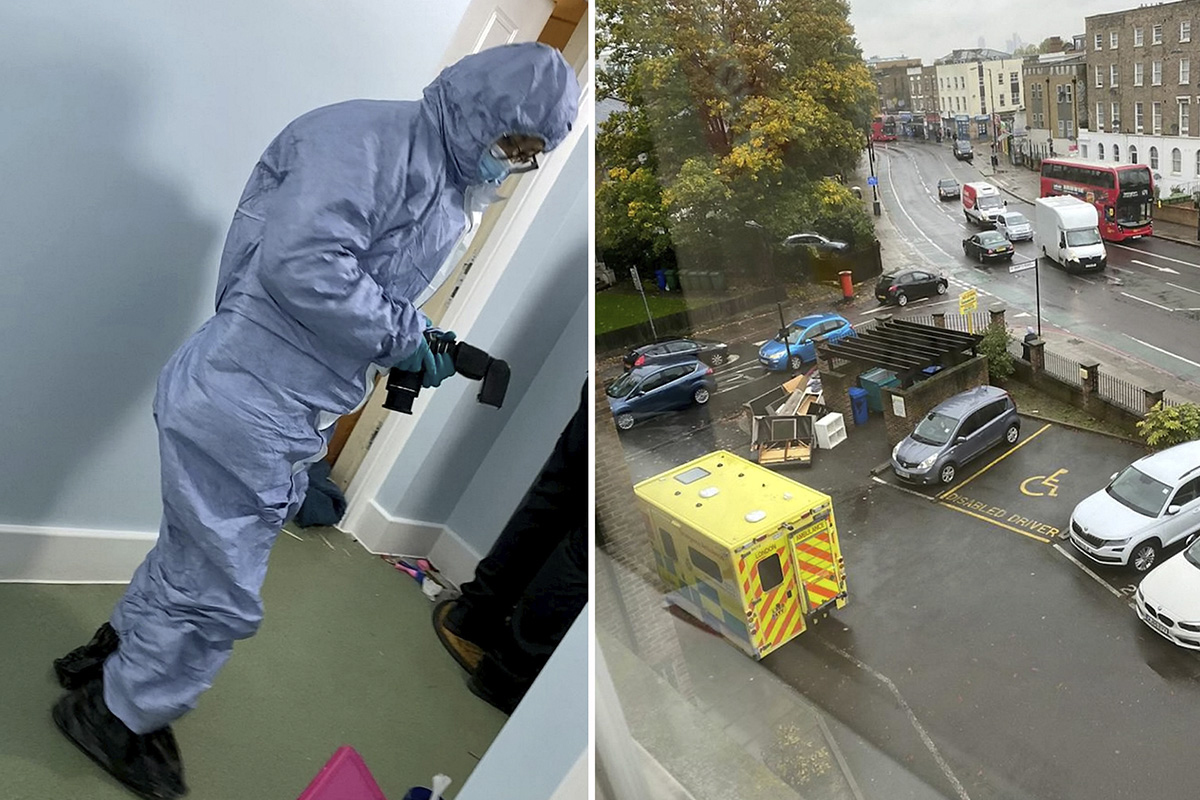
When two uniformed police officers smashed through the locked door of a Peabody housing association flat in Lords Court in Peckham, south London, in February this year, they discovered a pile of “bones and dust”.
The bones belonged to resident Sheila Seleoane, who was found lying in what looked like blue and white pyjamas in her third-floor, one-bedroom property. The break-in came after her neighbours had raised concerns about her welfare.
A London Inner South Coroner’s Court later established that she must have passed away around August 2019, meaning she had been left undiscovered for two-and-a-half years.
So what lessons are there for other social landlords?
Detective sergeant Scott Fisher attended Ms Seleoane’s home on the day she was discovered and found a property that was “spacious, tidy and well kept”.
His initial judgement was that the death was not suspicious as there were no signs of forced entry, despite the balcony door being open. He believed she had died in August 2019 because this was the month her prescription medication came to an end, and he found a receipt in her handbag and food in the fridge dated in the same month.
As the national media began to get wind of the story, the 67,000-home landlord issued a public statement saying that it was “saddened to learn that our resident has passed away”, but that “our dedicated tenant and family support team carry out regular welfare checks with people who may be vulnerable”.
In this case, those checks had seemingly failed. Reports emerged from residents of a horrendous smell “like rotten meat” filling the block and sightings of maggots and flies. Residents told reporters that they had contacted the landlord several times about the flat.
Understanding what happened
Hearing that there could have been failures, Ian McDermott, chief executive of Peabody, who had only been in the job around six months, launched a “comprehensive and transparent” investigation that he said would learn from “every single contact and visit we made to understand what went wrong”.
When Inside Housing visited the block in the days after the discovery, neighbours had already begun to leave flowers, candles and messages of condolences at the white door that was pockmarked with remnants of the police battering ram – the first time the flat had been entered since Ms Seleoane’s death.
An inspection sheet pinned to the notice board on the ground floor had been signed every three months by a neighbourhood manager. These are a network of frontline workers who are supposed to support tenants living in blocks, carry out inspections and ensure estates are well maintained. One of the key findings of the inquest and Peabody’s investigation would discover that the patches often covered 1,200 households. The inquest would hear that ‘industry standard’ would see managers look after between 200 and 800 homes.
A neighbourhood manager had identified issues such as “graffiti” of the sky-blue walls in the communal areas and “stair edging missing” in the halls. The last time one attended the property was in December 2021.
A cleaner also attended the property once a week and a ‘deep clean’ was scheduled for January and July every year. But neighbours questioned how it would be possible to miss the smell, and the maggots and flies.
“We know the cleaner more than the housing officers,” says Iyesha, a 33-year-old mum with four kids who lives in a two-bed property on the same floor as Ms Seleoane. “Even the cleaner asked if she had moved out.”
Ms Seleoane’s neighbours shared photographic evidence with Inside Housing that showed a contractor acting on behalf of Peabody had left a calling card after attending the property to carry out an annual gas safety check on 16 March 2020. This was the same day the UK first went into lockdown because of the pandemic.
A follow-up letter dated 23 March 2020 was stuck to the door to remind the 61-year-old that under the terms of her tenancy, she must allow access for gas safety inspections and a forced entry date had been set for 7 April 2020, but it never materialised.
Housing associations have a legal obligation to complete the check under the Gas Safety (Installation and Use) Regulations 1998.
“We know the cleaner more than the housing officers. Even the cleaner asked if she had moved out”
Additional WhatsApp messages shared with Inside Housing from a group chat between residents in Lords Court show them openly discussing the possibility their neighbour was dead as far back as July 2020.
One resident, who lived in a flat next door to where Ms Seleoane’s body was discovered, says it felt like the smell of rotten meat was “seeping through the walls”.
In a statement, Mr McDermott said: “We had followed up neighbours’ concerns and tried repeatedly to make contact, and after we were told by the police that everything was fine, we didn’t assume the worst. Clearly, looking back, the red flags were there.”
Police also attended the property twice in October 2020. Following the visit, an officer in the police control room told Peabody staff in a follow-up call that Ms Seleoane was “safe and well” as a result of a mistake in interpreting a message left on the police computer. This prompted the association’s staff to close the case into her welfare.
A Metropolitan Police spokesperson said: “It was not deemed by the officers that there were sufficient grounds to enter the premises. The Met’s directorate of professional standards has looked at the officers’ actions and not found any reason to launch an investigation.”
In numbers
89
Attempts by Peabody to contact Ms Seleoane, between August 2019 and when her body was found in February 2022
1,200
Home patch size for Peabody’s neighbourhood managers
As Ms Seleoane’s body lay for more than two years in her south London flat, across the river in Wild Street, Westminster, there was another body, in another Peabody flat, that had also been left undiscovered for a long period of time. Inside Housing broke the news in early March, just two weeks after the discovery of Ms Seleoane’s body.
Terry Watkins, or ‘Taffy’ as he was known to his neighbours, was in his 60s when he was found dead by police on 19 July 2021 in his home in similar circumstances. It came after neighbours had been questioning Mr Watkins’ welfare after they had not seen him for several months, while others reported a strong odour coming from his flat.
One resident said that he could have been left there for nearly a year, and the last sighting of Mr Watkins by residents was around nine months before he was found.
Peabody said it was “difficult to see how it would have known about the situation” with Mr Watkins and that it was contacted “for the first time” by a resident on the day his body was found by the police.
This is because the estate is “intensively managed” as it serves as a base and head office for its caretakers and estate services colleagues, even during the coronavirus lockdowns.
Peabody added that gas safety checks inside the property had been completed in October 2020 and that the block was inspected regularly, “with no reports of anything that might trigger concerns”.
Investigation
It would be another few months before the investigation into the circumstances surrounding Ms Seleoane’s discovery was completed by consultancy Altair in July.
It found that the association made 89 attempts to contact Ms Seleoane between August 2019, the last time she made a direct rent payment, and when she was found by police in February 2022.
It concluded that there were missed opportunities which may have allowed the discovery of the body earlier, but that they were dealt with in an isolated way which “did not put customers at the heart of the actions”.
These include the reports from neighbours about the smell and sightings of maggots and flies in the building, as well as the change in behaviour when Ms Seleoane’s rent payments stopped, and multiple failed attempts to contact her directly.
In the July inquest, coroner Julian Morris asked a senior Peabody executive about how patch sizes, workload for neighbourhood managers and workplace culture contributed to Ms Seleoane going undiscovered.
Wells Chomutare, director of neighbourhoods at Peabody, explained that Ms Seleoane liked to pay rent using her debit card and that her last payment had been in August 2019.
While Peabody did not know that Ms Seleoane had died, the association was aware that she was not paying her rent. When the arrears started to build, and the team was unable to contact Ms Seleoane, it made a successful application to have Ms Seleoane’s rent paid directly from her Universal Credit payment in March 2020.
Her gas supply was subsequently cut off in June 2020 after attempts to enter the property for a safety check could not be made.
Mr Chomutare was pressed on how common it was to cut off a resident’s gas supply. He explained that it was not common but that it does happen to protect the safety of the resident or the security of the building, and that residents might be asked if they are struggling with the cost of living crisis.
Despite the gas being cut off and the rent arrears, Mr Chomutare said this “did not raise alarm bells” as the landlord was unable to “paint the larger picture” at this point.
But the coroner said he did not consider this to have had any effect on Ms Seleoane’s clinical status or that it could have saved her life.
Mr Chomutare also explained that neighbourhood managers can manage up to 1,200 homes, a patch size the independent report recommended be tested within the design of any new model, which Peabody said it was already committed to reviewing.
This has raised questions across the sector about whether some larger housing associations are becoming too removed from their tenants because of their size.
After the inquest, Peabody was forced to defend cuts to its neighbourhood manager teams after Unite the Union said it had warned the landlord about the impact of increased workloads, and how a £1m cut to housing management budgets would leave “potentially devastating consequences to residents and workers”.
Peabody said in response that the reorganisation was done off the back of customer feedback, and in a way that increased some customer-facing positions and removed duplicate roles.
In summing up, the coroner said it was “difficult to fathom” how something like this could happen in 2022. Many in the sector have come to a similar conclusion.
Peabody said the learnings from the investigation will be taken into the new organisation that will form out of its merger with Catalyst, which is set to complete in April 2023.
This new 104,000-home landlord, the second-biggest in the country, comes with a commitment to reduce the amount of homes neighbourhood managers cover under a new ‘locality model’.
But Ms Seleoane’s story asks a difficult question to all providers, particularly the very biggest: are customer services local enough to ensure an issue like this never happens again?
Sign up for our daily newsletter
Already have an account? Click here to manage your newsletters
